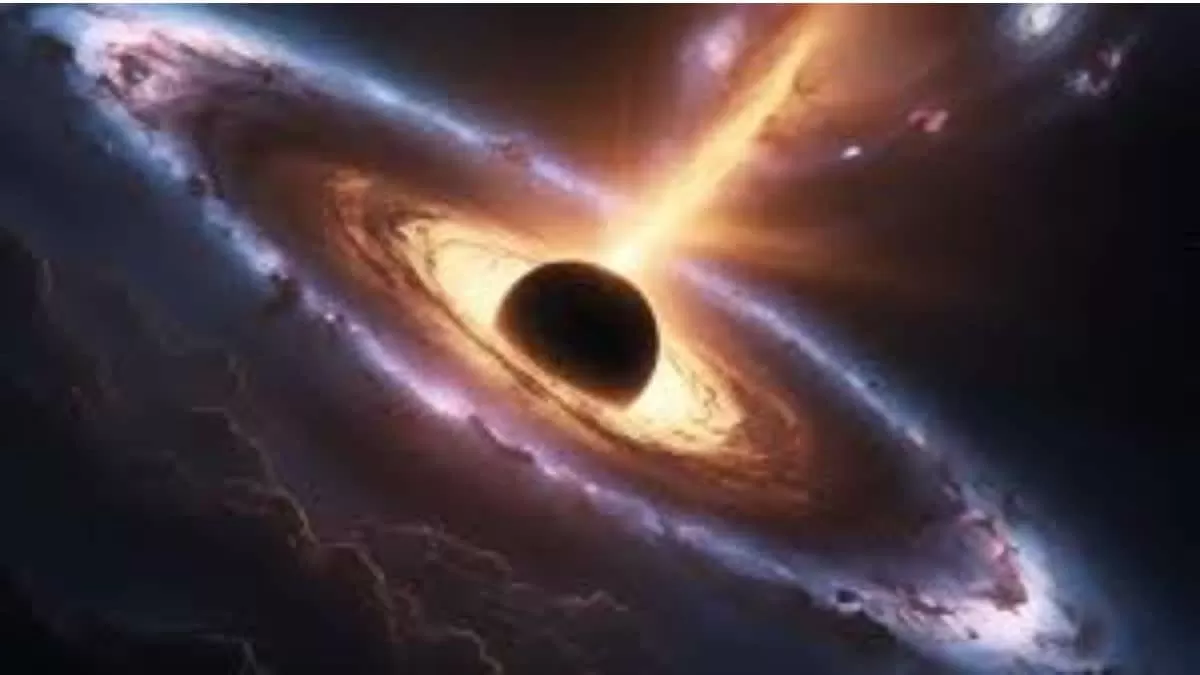The universe is full of mysteries waiting to be unraveled, and the recent groundbreaking discovery of the GW231123 event is a testament to that. This event, detected through gravitational waves, is said to be the most massive black hole merger ever observed by scientists. It has left experts baffled and has challenged current theories on black hole formation. The event has been witnessed by the LIGO-Virgo-KAGRA network, pushing the boundaries of our understanding of the cosmos.
The GW231123 event involves two black holes, one with a mass of 100 solar masses and the other with 140 solar masses, merging to form an even more massive black hole. This discovery has sent shockwaves through the scientific community as it goes against the current understanding of black hole formation. It is believed that the full implications of this event may take years to unravel, but it has already opened up a world of possibilities and sparked new avenues of research.
The LIGO-Virgo-KAGRA network, a collaboration between scientists from various countries, has been instrumental in this remarkable discovery. This network comprises the Laser Interferometer Gravitational-Wave Observatory (LIGO) in the United States, the Virgo gravitational-wave detector in Italy, and the Kamioka Gravitational Wave Detector (KAGRA) in Japan. This global effort has enabled the detection of gravitational waves, undulations in the fabric of space-time, which occur during cataclysmic events such as black hole mergers.
Dr. Christopher Reynolds, a professor of astronomy at the University of Maryland, describes this discovery as a “thrilling and amazing achievement.” He adds, “We are witnessing two massive black holes merging, sending ripples through the very fabric of the universe. It is a momentous event that challenges our current understanding of how black holes form, which is why this discovery is of immense significance.”
According to current theories, black holes are formed when massive stars collapse under their own gravity at the end of their life cycle. However, the GW231123 event has posed a new challenge to this notion. The black holes involved in this merger are much more massive and have spins that are not aligned with the orbit of the merger. This contradicts the current understanding of how black holes acquire their spins and adds to the complexity of their origins.
Dr. Maya Fishbach, an astrophysicist at the University of Chicago, says, “Our current models of black hole formation cannot explain the extreme properties of the black holes involved in the GW231123 event. We need to rethink our assumptions and theories to fully understand this remarkable discovery.”
The implications of the GW231123 event are far-reaching, and it may take years for scientists to fully decode its significance. This discovery has already opened up new research directions, and scientists are excited to delve deeper into the mysteries of black holes.
Dr. Vicky Kalogera, the director of the Center for Interdisciplinary Exploration and Research in Astrophysics at Northwestern University, explains, “The GW231123 event has shown us that we still have a lot to learn about the universe and its most enigmatic objects, black holes. It is a remarkable feat of science and a reminder that there is always more to discover.”
The detection of the GW231123 event has also shed light on the capabilities of the LIGO-Virgo-KAGRA network. It has demonstrated the sensitivity, accuracy, and reliability of this global collaboration, making it an essential tool for future discoveries in the field of astrophysics.
Dr. Rainer Weiss, a professor of physics at the Massachusetts Institute of Technology and one of the pioneers behind the LIGO project, says, “The detection of the GW231123 event is a testament to the hard work and dedication of the international team behind the LIGO-Virgo-KAGRA network. This discovery opens up new frontiers in our quest to understand the universe.”
In conclusion, the GW231123 event marks a significant milestone in the field of astrophysics. It has challenged our current understanding of black hole formation and has opened up new avenues of research. Its discovery through gravitational waves is a testament to the power of international collaborations and the advancements in technology. As we continue to unravel the mysteries of the universe, the GW231123 event will be remembered as a remarkable and pivotal moment in our journey of exploration.

